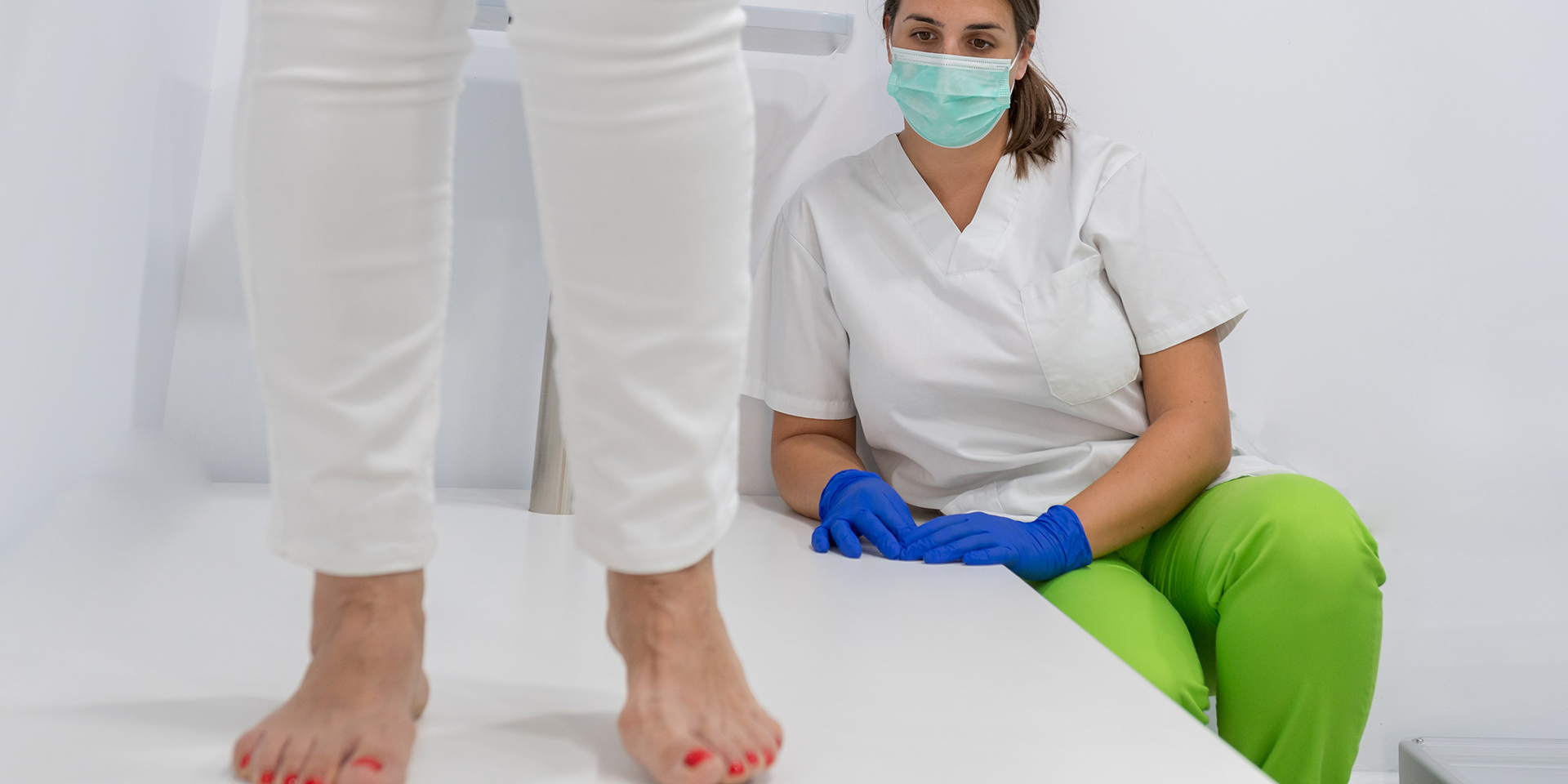
5 Reasons to Add Intelligent Insoles to Your Clinic’s Toolkit Today
Helping your patients perform their best is your ultimate goal, but how to do that needs to be clarified. Especially since feet—the most load-bearing parts of the body—tend to injury easily.
An excellent way to address this issue is to determine what the problem is and design treatment plans and footwear to alleviate it. Finding the right shoes isn’t easy, however. Humans have been trying to create the best footwear for millennia, and we still haven’t landed on the exact recipe for success.
Indeed, “Changes in foot shape and toe strength indicate that people were using footwear with substantial soles by about 40,000 years ago,” says Encyclopedia Britannica. That’s a long time without getting something right! We can’t blame humanity, though, since only recently have we developed the technologies needed to fit shoes correctly.
We have it today—provided you work with the right tools. This post examines the five best reasons to add Intelligent Insoles to your clinic or research lab’s toolkit.
1. Make Diagnosis Easier
Diagnosis is difficult, plain and simple. Many of today’s tools lack the refinement needed to gather the granular plantar pressure and gait data that leads to appropriate treatments and good outcomes. You have no doubt faced:
- Incorrect or difficult diagnosis
- Ineffective treatments and the client or patient dissatisfaction that comes with them
- Difficulty educating your patients on the exact problem they’re facing
- Unreliable equipment that requires long set-up times and constant recalibration
- Design deficiencies in the product
- Difficulty getting hardware and software to “talk” to one another
- Limitations to gathering data in one stationery place, rather than allowing the client to move around
Without the right system, you eventually hit a wall where you can’t improve the data you gather. That leaves you with no choice but to make your best assumption. While knowledgeable doctors can make an educated guess, they still have to wait to see if the diagnosis is correct—and the only way to do that is to interview the patient for their subjective opinion.
The correct gait analysis and pressure mapping equipment solve this. It uses highly sensitive sensors embedded in thin, nearly undetectable soles. These capture information as it flows in, taking multiple readings per second to tell you exactly what’s happening with each step.
Using this data, you can make a much more accurate diagnosis. That ensures better treatments.
2. Ensure More Effective Treatments
The feet are incredibly sensitive structures. Their makeup proves this: “Each foot is made of 26 bones, 30 joints, and more than 100 muscles, tendons, and ligaments, all of which work together to provide support, balance, and mobility.” This explains the extreme range of motion our feet are capable of but also how many things can go wrong.
Whether we’re talking about gait analysis to address athletic injuries, pressure mapping to deal with the gripes of aging feet, or tests to determine how a work accident will affect long-term functioning, you need tools to capture micro-level information.
The proper hardware (clinical insoles patients wear) and the right software (capturing via wireless information insoles generate) means you get vital information easily. Then, you can design treatments to match the issue. Better yet, you can refine those treatments with new readings each time your patients come in.
3. Educate Clients
Once you design better strategies for treatment, you’ll have an easier time educating your clients and patients. When they see that the footwear and exercises you prescribe work, you’ll have initiated a virtuous cycle of good education, their desire to try your recommendations, their satisfaction, and their need to learn more. What could be better?
4. Limit Recalibration and Frustration
One of the biggest complaints of research labs is how much time they spend on overhead. When you’re stuck recalibrating your tools and taking test readings to ensure their accuracy, you’re not spending time on the people who genuinely need your help. That limits the number of clients and patients you can serve, reduces your success rate, and makes it harder to enjoy your work.
If you want to reduce rework and increase patient satisfaction, you can’t spend all day recalibrating your equipment. You need a system that will run repeatedly, test after test, without requiring you to reboot, adjust, or modify it before going again.
5. Capture the Entire Picture
If you’re in a podiatry clinic or gait research lab in a hospital, you know the frustration of seeing only part of the picture. A good system that measures shoe pressure and gait can help alleviate this issue, giving you the complete picture of the patient:
- In a stationary pose
- Walking slowly
- Jogging or running
- Using an assistive device, such as a cane or walker
- Jumping or pivoting
Or any other human body motion, from the most agile young athlete to the most venerable senior. That entire picture enables you to treat them as they are, with minimal guesswork, in your lab or field. Without constant recalibration, you can count on the ability to take readings whenever you like, repeatedly, to provide the best possible outcomes to the people who matter.
Let XSENSOR Help You Refine Your Process Today
If you’re ready to stop dealing with guesswork and start providing service your patients and clients won’t forget, it’s time to add Intelligent Insoles to your clinical strategy. XSENSOR is here to help with cutting-edge hardware and software, working together to give you the most detailed possible picture of what’s happening inside their feet.
Don’t wait any longer to take your game to the next level. Contact XSENSOR to request a demo and step into the future today.

